The Tiger’s Revenge: A Deadly Reminder of Nature’s Memory and Power
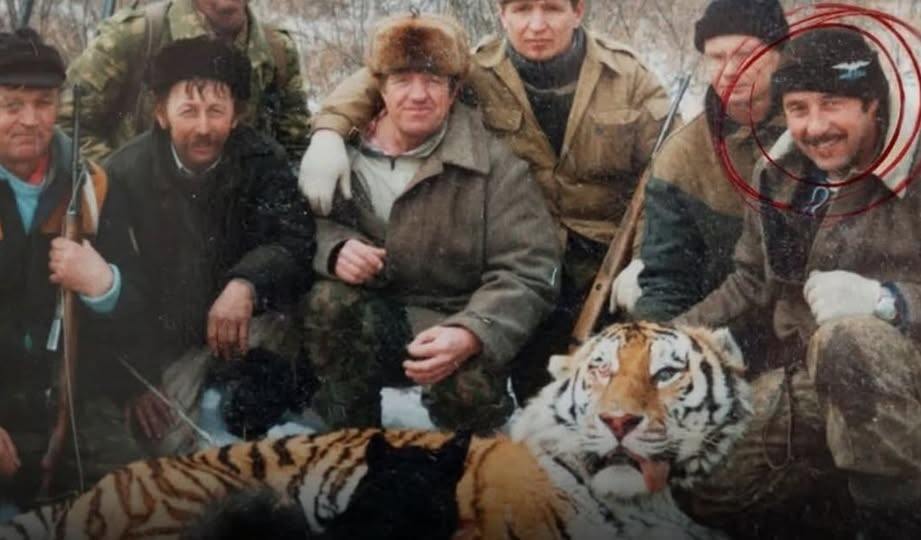
The Tiger’s Revenge: A Deadly Reminder of Nature’s Memory and Power
In the snow-covered wilderness of Russia’s Far East in 1997, a chilling story unfolded—one that continues to echo as a powerful testament to the intelligence and fury of the natural world.
Vladimir Markov, a local poacher, made a fateful mistake: he attempted to shoot an Amur tiger, one of the world’s most elusive and endangered big cats. But the shot missed. The tiger was wounded—wounded, but alive.
What followed was not a random act of violence, but something far more calculated.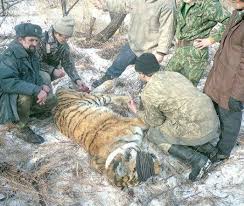
The tiger, rather than fleeing in fear or succumbing to its injury, began tracking the man who had tried to kill it. Following Markov’s scent through the forest, the tiger made its way to his remote cabin. There, it waited. Hidden. Silent. For somewhere between 12 and 48 hours.
When Markov finally returned, the tiger was ready.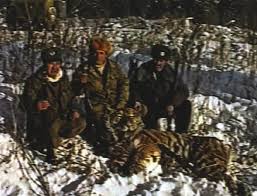
The encounter was swift and fatal. The tiger killed him—and then consumed him.
Experts who later studied the scene concluded that this was not a chance attack. The tiger had deliberately hunted the man down in what can only be described as an act of vengeance.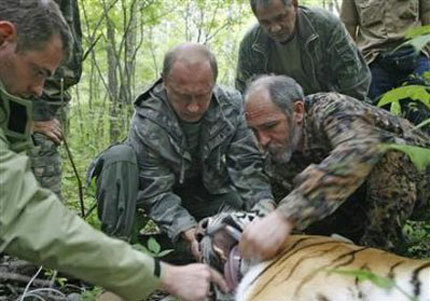
This chilling tale is not just a sensational story—it’s a sobering reminder of the primal intelligence and power that wild animals possess. While often misunderstood or underestimated, apex predators like the Amur tiger are capable of remarkable behaviors that challenge our assumptions about the natural world.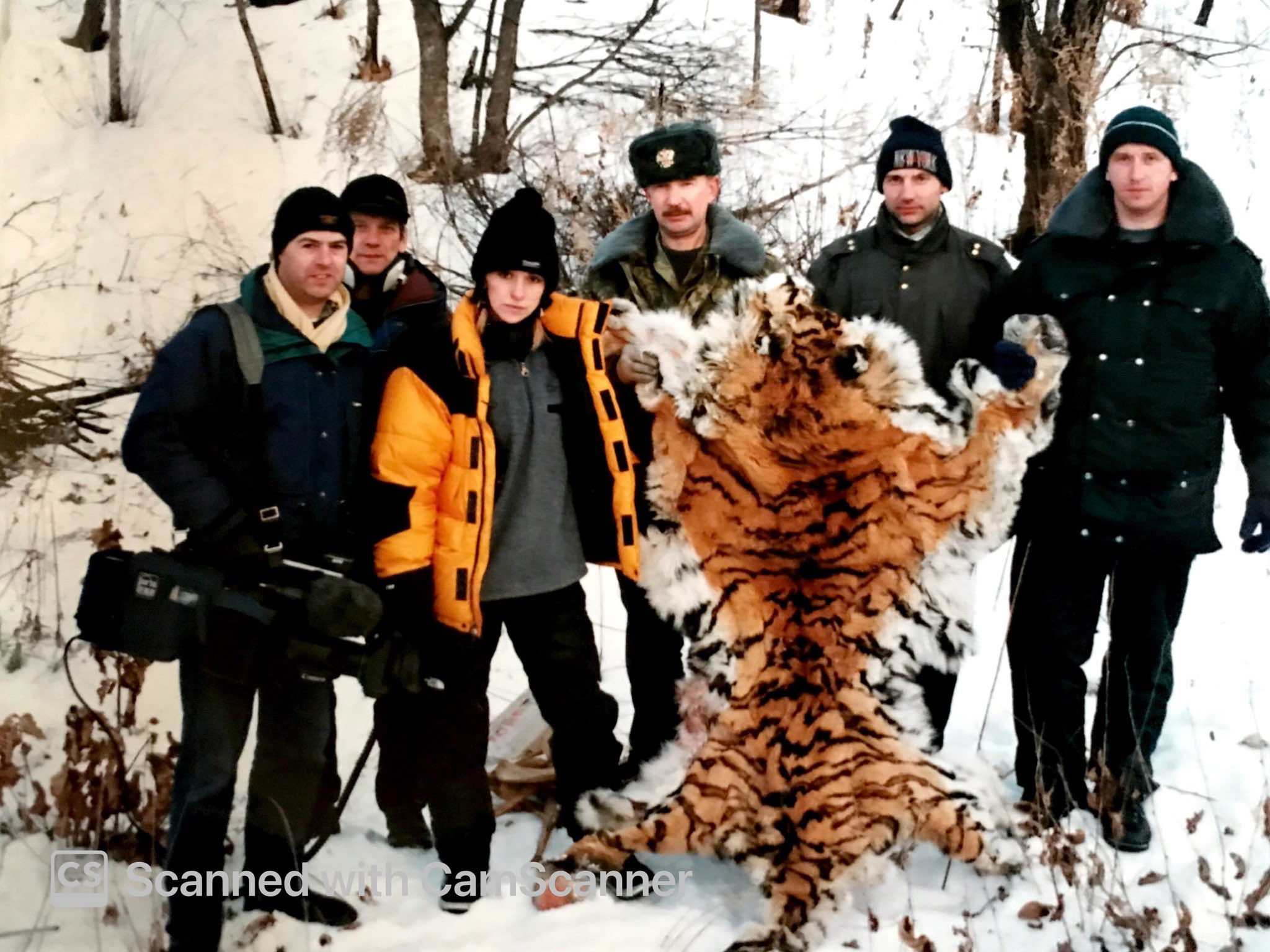
More than anything, the story of Vladimir Markov and the tiger is a warning: nature is not to be toyed with. It watches. It remembers. And sometimes—it strikes back.











